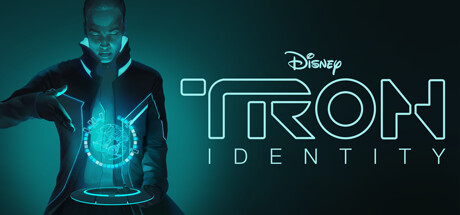Science fiction (Sci-Fi) has always been a popular genre in literature, movies, and television shows. It has also made its way into the world of blockchain and cryptocurrency through the creation of Sci-Fi Non-Fungible Tokens (NFTs). These tokens are digital assets that represent ownership of a unique Sci-Fi collectible or artwork.
Sci-Fi NFTs have become increasingly popular over the past few years, with some fetching millions of dollars at auction. These tokens are not only valuable because they represent ownership of a unique digital asset, but they also have the potential to appreciate in value over time.
One of the main benefits of owning a Sci-Fi NFT is that they are completely unique and cannot be duplicated. This means that the owner of a Sci-Fi NFT is the only person who can claim ownership of that particular token. This uniqueness makes Sci-Fi NFTs highly valuable to collectors and investors.
Some of the most popular Sci-Fi NFTs include digital art, 3D models, and virtual reality experiences. These tokens are created by artists and developers who specialize in Sci-Fi themes, and they often include elements such as spaceships, aliens, and futuristic cities.
One example of a popular Sci-Fi NFT is CryptoKitties, which was launched in 2017. CryptoKitties are digital cats that can be bought, sold, and bred using blockchain technology. Each CryptoKitty is unique and has its own set of characteristics, making them highly collectible.
Another popular Sci-Fi NFT is the Bored Ape Yacht Club (BAYC). BAYC is a collection of 10,000 unique 8-bit apes that were created by a group of developers in 2021. Each BAYC ape is unique and has its own set of traits and characteristics. The popularity of BAYC has grown rapidly, with some apes selling for millions of dollars at auction.
Sci-Fi NFTs have also been used in gaming, with developers using them to create unique in-game items and characters. For example, the game Axie Infinity uses Sci-Fi NFTs to create creatures that can be bred and trained for battles.
As the popularity of Sci-Fi NFTs continues to grow, there are concerns about the environmental impact of blockchain technology. The process of creating and validating blockchain transactions requires a significant amount of energy, which can have a negative impact on the environment. Some developers are working on creating more eco-friendly blockchain technology, but this is still a work in progress.
In conclusion, Sci-Fi NFTs are a unique and valuable asset that represents ownership of a digital collectible or artwork. They have become increasingly popular in recent years, with some tokens selling for millions of dollars at auction. While there are concerns about the environmental impact of blockchain technology, the popularity of Sci-Fi NFTs is likely to continue to grow in the coming years as more artists and developers create unique digital assets.






